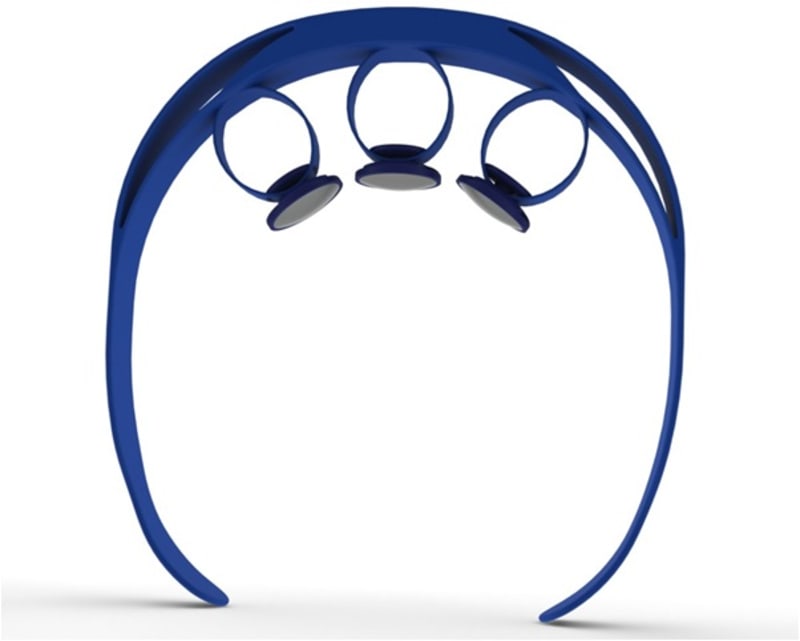THE PROBLEM
Up to 75 percent of women in developing countries do not give birth in hospital settings. Care is typically provided by minimally trained attendants, or sometimes family members, who lack the skills to deal with complications during delivery. Three main delays cause the high rate of maternal deaths in developing countries: delay in identifying complications, delay in receiving quality care or delay in reaching a medical facility. (1)
ADDRESSING THE NEED
Studies show that maternal death rates can be reduced significantly with simple measures, as demonstrated with successful implementation of the paper partogram; a paper sheet for monitoring labor according to WHO standards. Where implemented, the partogram has shown to reduce maternal mortality by half. (2) However, the paper partogram has limitations that restrict the implementation of it. Learning how to fill out the partogram is difficult and the lack of feedback fails to visualize the benefits to the user.
The main draw backs of the paper partogram:
•The partogram was seen as a recording device rather than a decision making tool
•It is tedious to fill out
•It is difficult to interpret even if trained, especially in real time
• Obtaining all the measurements required was incredibly time consuming
The goal of developing an electronic partogram is to address the compliance issues of the paper partogram. This device will:
•Provide minimally trained midwifes with a tool to make educated decisions
•Significantly decrease maternal mortality in developing countries
•Offer an impactful, sustainable product for health care systems and governments of developing countries
THE DESIGN
Based on these findings, our design is aimed at making the partogram as easy to use and interpret as possible for our target user, semi trained midwives. The electronic partogram has the potential of making a paradigm shift in labor management, changing the perception of the partogram from a burden on workflow to a helpful decision making tool.
User interface, along with cost-constraint for emerging markets, are the main design challenges we are facing. Even in rural regions, the target user is typically well acquainted with the use of mobile electronic devices, due to the ubiquity of cellular phones. This defines the design criteria that limit our development process with respect to interface complexity.
Sustainability of the product will be attained through partnering with NGOs and government agencies in developing countries. Through our connection with Jhpiego, we will be able to reach over 55 developing markets in need of this technology, as well as to raise funding and local support for the product.
WORKS CITED
1. Powel, Chris. Maternal deaths disproportionately high in developing countries. WHO. [Online] [Cited: December 1, 2010.] http://www.who.int/mediacentre/news/releases/2003/pr77/en/index.html.
2. World Health Organization partograph in management of labour. Kwast, B E. 8910, Arlington : Lancet, 1994, Vol. 343. 00995355.
Like this entry?
-
About the Entrant
- Name:Shoval Dekel
- Type of entry:teamTeam members:Thora Thorgilsdottir, Peter Li, Neil Shah, Elias Bitar, Haim Gottfried, Chris Chiang, Shoval Dekel
- Software used for this entry:Solid Works, NI Circuit Design Suite
- Patent status:none





